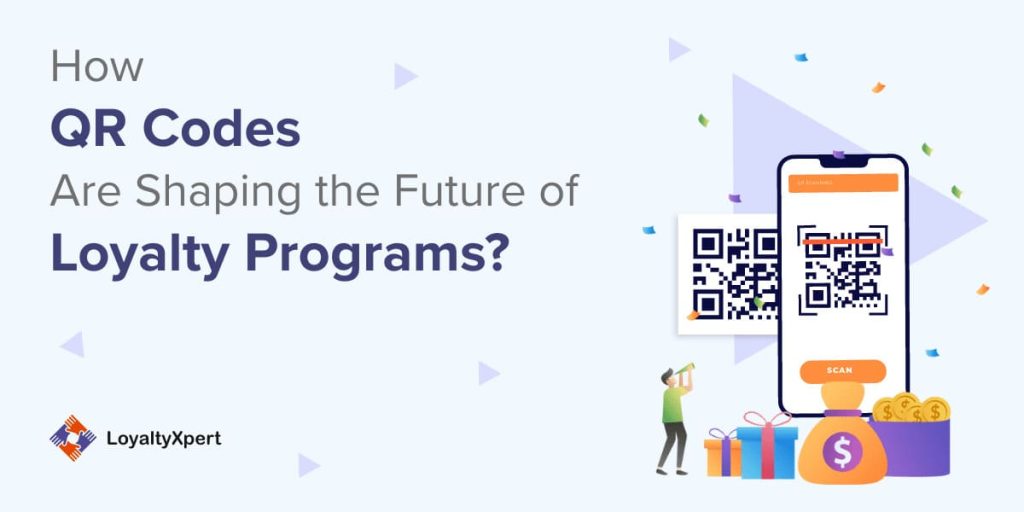Loyalty System Solutions: Boost Repeat Business and Customer Satisfaction
Loyalty System Solutions: Boost Repeat Business and Customer Satisfaction
Blog Article
Increase Customer Retention With a Powerful Loyalty System
In today's competitive industry, boosting customer retention is not merely advantageous yet necessary for sustained growth. A properly designed loyalty system serves as a crucial device in this undertaking, cultivating significant connections in between services and their consumers. By comprehending the fundamental parts of reliable loyalty programs, companies can customize their approaches to fulfill varied consumer needs.
Significance of Client Retention
Customer retention is a keystone of sustainable organization success. It shows the ability of a business to keep its clients involved and satisfied with time, causing repeat acquisitions and long-term earnings. Maintaining existing consumers is frequently a lot more cost-efficient than obtaining brand-new ones, as it decreases marketing expenditures and fosters a loyal client base that supports for the brand.

Furthermore, high consumer retention rates can enhance a business's credibility on the market, attracting brand-new customers via positive word-of-mouth and referrals. Businesses that focus on client retention are likewise much better positioned to collect useful feedback, allowing them to refine their offerings and address possible issues proactively. Inevitably, efficient client retention strategies produce a strong foundation for development, enabling organizations to prosper in an increasingly affordable landscape.
Key Components of Loyalty Programs
A properly designed commitment program acts as a powerful device for enhancing customer retention by giving motivations that motivate repeat organization. To accomplish this, numerous key elements have to be incorporated right into the program.
First, a clear framework for rewards is crucial. Consumers ought to conveniently understand how to make rewards or points, which can be based upon acquisition frequency, spending degrees, or particular actions like recommendations. This transparency cultivates trust and motivates involvement.
Second, customization plays an important duty. Customizing rewards and interaction to private choices enhances consumer fulfillment and strengthens connections. By leveraging information analytics, services can supply targeted promos that reverberate with customers' interests.
Third, ease of use is crucial. A smooth sign-up procedure and an user-friendly user interface for tracking incentives can significantly improve customer experience. If customers find it cumbersome to browse the program, they might disengage.
Lastly, regular communication and updates concerning the program maintain it top-of-mind for consumers. Educating them of brand-new benefits, special offers, or program changes helps keep passion and involvement.
Including these elements successfully can bring about an extra successful loyalty program that significantly boosts consumer retention.
Kinds of Loyalty Systems
Discovering different sorts of commitment systems discloses unique methods that businesses can take on to foster client retention. One common kind is the points-based system, where clients earn points for each purchase, which can later on be redeemed for incentives. This simple method incentivizes repeat acquisitions and keeps customers involved.

Cashback commitment programs, where consumers get a portion of their acquisitions back as money or installment plan, are also popular. This model directly rewards spending, creating a prompt motivation for clients to return.
Furthermore, subscription-based loyalty systems offer customers with unique advantages for a recurring cost. This news strategy not just makes certain a steady revenue stream yet likewise promotes long-term partnerships with clients that value continuous benefits.
Lastly, experiential loyalty programs concentrate on using distinct experiences, such as tailored solutions or unique events, boosting emotional connections and brand name loyalty. Each kind of loyalty system supplies distinct benefits, enabling services to align their approaches with client choices.
Finest Practices for Implementation
When carrying out a loyalty system, services should focus on understanding their client base to customize the program successfully. Conducting thorough research study to recognize client habits, choices, and inspirations is necessary. This insight will lead the design of the loyalty program, guaranteeing it reverberates with the target market.
Selecting a model that aligns with consumer assumptions can improve engagement. Furthermore, simplicity is vital; consumers need to conveniently understand just how to gain and redeem rewards.
Combination with existing systems is one more finest method. The loyalty program ought to perfectly get in touch with point-of-sale systems, mobile apps, and consumer partnership administration (CRM) tools to offer a cohesive read here experience. Additionally, effective communication is vital. Companies ought to on a regular basis promote the loyalty program via different networks, making certain clients are mindful of the advantages.
Last but not least, collecting ongoing comments is necessary for constant renovation. Get consumer input to adapt and refine the program to altering choices, inevitably cultivating lasting loyalty and enhancing consumer contentment.
Determining Commitment Program Success
Effectively implementing a loyalty program lays the foundation for measuring its efficiency. To determine success, companies need to develop clear metrics that align with their goals. Secret performance signs (KPIs), such as customer retention prices, average transaction value, and frequency of repeat purchases, supply valuable insights into program efficiency.
Another vital action is the redemption rate, which indicates exactly how commonly consumers use their rewards. A high redemption rate frequently shows a program's appearance and significance to clients. In addition, tracking consumer involvement via participation in exclusive promotions or occasions can disclose fads in loyalty actions.
Consumer comments is also important; surveys and focus teams can light up assumptions of the commitment program, highlighting locations for renovation. In addition, analyzing consumer life time worth (CLV) can assist measure the monetary impact of loyalty initiatives.
Executing these measurement strategies permits organizations to examine the program's efficiency constantly. This data-driven approach enables educated decisions for optimizing offerings, boosting consumer experiences, and eventually cultivating much deeper client loyalty. By regularly reviewing these metrics, companies can ensure their commitment programs evolve in tandem with client expectations and market characteristics.

Conclusion
To conclude, a well-structured commitment program significantly enhances customer retention by promoting strong connections through individualized benefits and efficient communication. Applying my link best practices guarantees that the program stays straightforward and pertinent, while continuous feedback facilitates ongoing improvements. Ultimately, an effective commitment system not just improves client contentment yet additionally drives repeat acquisitions, establishing a faithful customer base that is essential for long-term business success and maintained earnings.
Maintaining existing clients is frequently more cost-effective than getting brand-new ones, as it decreases advertising costs and promotes a faithful customer base that supports for the brand.
In enhancement, high client retention rates can boost a business's credibility in the market, attracting brand-new customers via favorable word-of-mouth and references.When executing a commitment system, organizations must prioritize recognizing their client base to customize the program successfully. Businesses need to on a regular basis promote the loyalty program via different networks, making sure customers are conscious of the advantages.
Eventually, an effective loyalty system not only enhances client satisfaction however additionally drives repeat acquisitions, developing a dedicated customer base that is critical for long-lasting organization success and sustained earnings.
Report this page